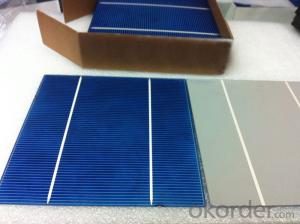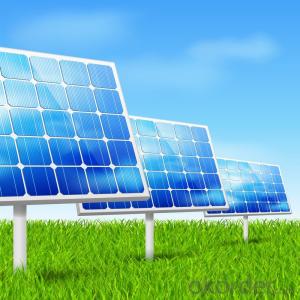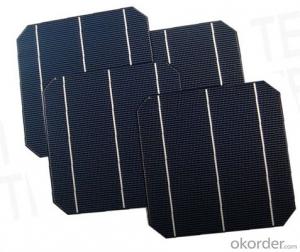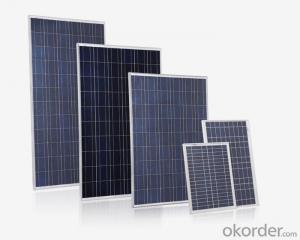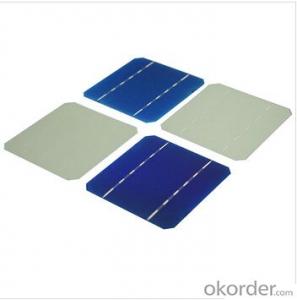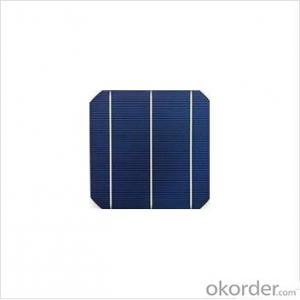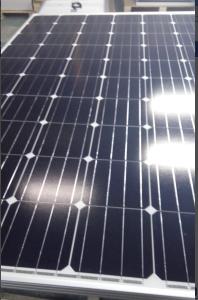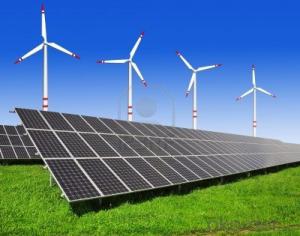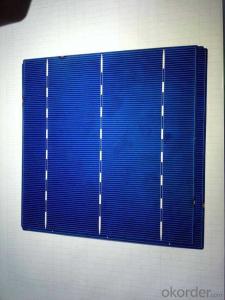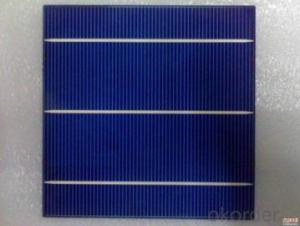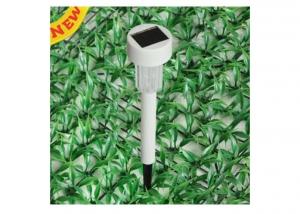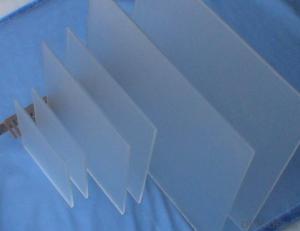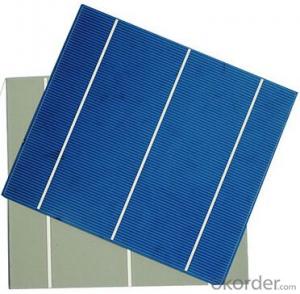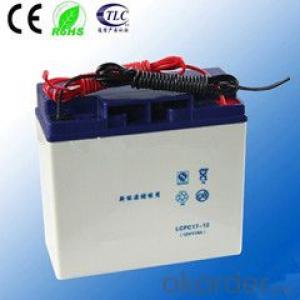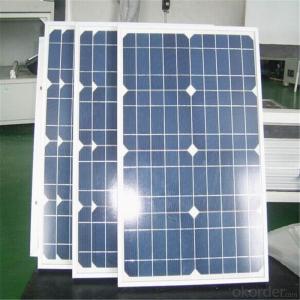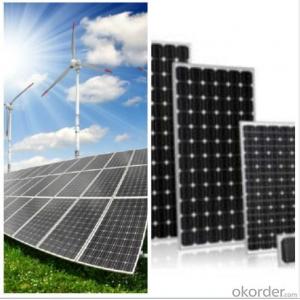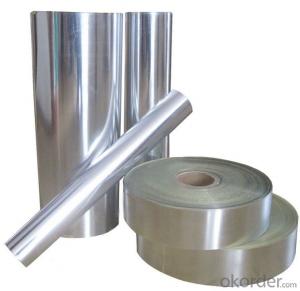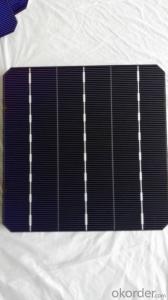Dye Sensitised Solar Cells
Dye Sensitised Solar Cells Related Searches
Dye Sensitized Solar Cells Dye-Sensitised Solar Cells Dye Sensitive Solar Cells Dye-Sensitized Solar Cells Dye Based Solar Cells Printable Solar Cells High Quality Solar Cells Printed Solar Cells Screen Printed Solar Cells Highly Transparent Solar Cells Flexible Solar Cells Folding Solar Cells Flexible Silicon Solar Cells Custom Solar Cells High Temperature Solar Cells Buy Solar Cells 3d Printed Solar Cells Bendable Solar Cells Better Solar Cells Foldable Solar Cells 3d Solar Cells Buy Flexible Solar Cells High Performance Solar Cells Chipped Solar Cells Affordable Solar Cells Floating Solar Cells Plant Based Solar Cells Cdte Solar Cells Iii V Solar Cells Photovoltaic Solar CellsDye Sensitised Solar Cells Supplier & Manufacturer from China
Dye Sensitised Solar Cells, also known as DSSCs, are a type of photovoltaic cell that uses a sensitized dye to absorb sunlight and convert it into electricity. These cells consist of a dye that is attached to a semiconductor, which then captures photons from sunlight and generates an electric current. This technology offers an innovative approach to harnessing solar energy, providing a more efficient and cost-effective solution compared to traditional solar panels.Dye Sensitised Solar Cells are widely used in various applications, including residential and commercial buildings, portable electronics, and outdoor lighting systems. Their flexibility and lightweight nature make them an ideal choice for a range of usage scenarios, from powering small devices to providing energy for larger structures. These solar cells can be easily integrated into building materials, such as windows and facades, making them a versatile and aesthetically pleasing option for sustainable energy solutions.
Okorder.com is a leading wholesale supplier of Dye Sensitised Solar Cells, offering a vast inventory of high-quality products to cater to the needs of various industries. With a commitment to providing exceptional customer service and competitive pricing, Okorder.com ensures that customers have access to the best dye sensitised solar cell solutions available in the market.
Hot Products
